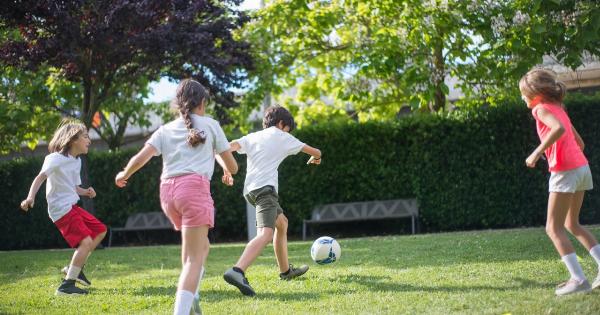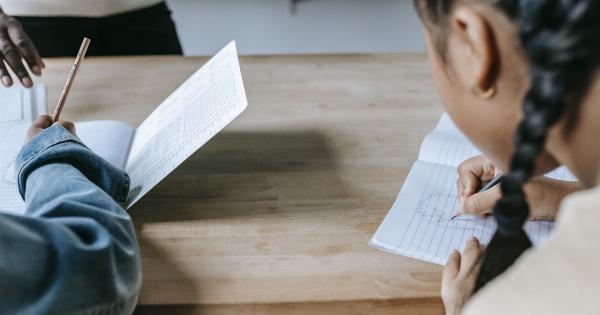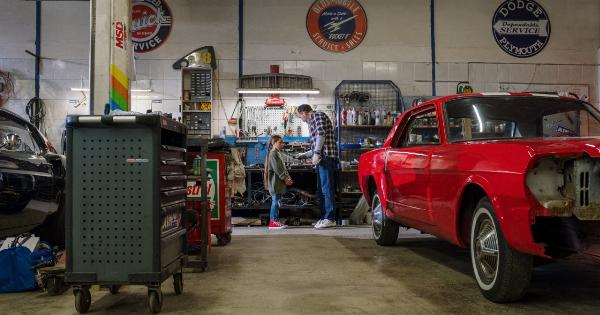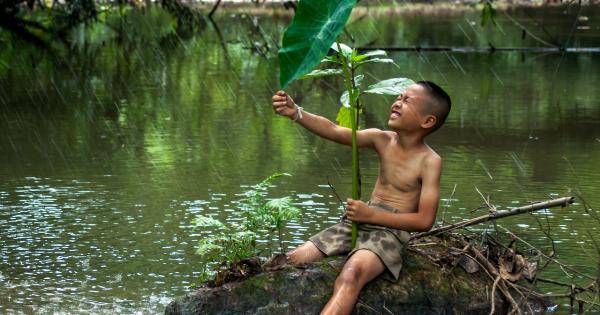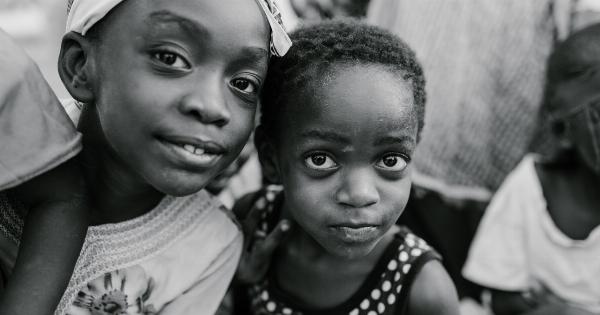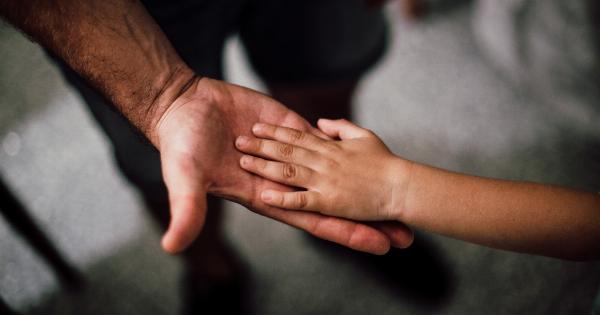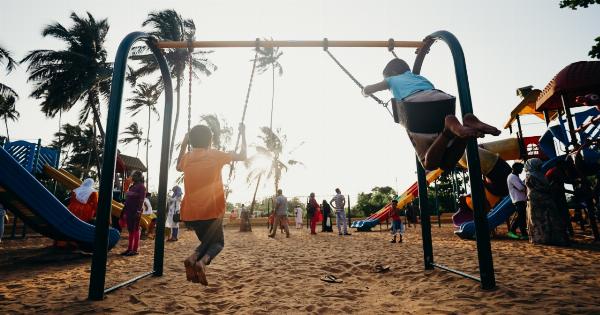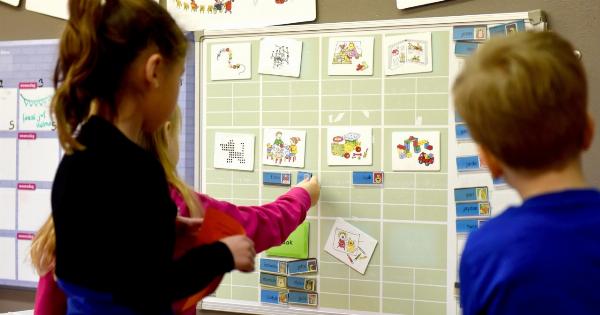When it comes to the safety and well-being of our children, parents and educators alike put their trust in schools to provide a secure environment.
However, there are instances where accidents happen, and unfortunately, not all accidents are covered under existing insurance policies. In this article, we will explore some common scenarios where student accidents may not be covered and delve into the potential consequences of such situations.
1. School Field Trips
Field trips are exciting opportunities for students to learn beyond the confines of the classroom.
However, accidents can occur during these outings, and if the school does not have adequate insurance coverage, parents might be left footing the medical bills.
2. Sports and Physical Education
Participation in sports and physical education activities is an integral part of a student’s development. However, when accidents happen on the field or during gym class, it may not always fall under the school’s insurance coverage.
This lack of coverage could potentially leave parents responsible for medical expenses.
3. Unsupervised Recess
During recess, students are given the opportunity to play and socialize with their peers. However, accidents can occur, and if there is a lack of supervision during this time, it becomes difficult to hold anyone accountable for the resulting injuries.
4. Unsafe School Premises
While schools are responsible for maintaining a safe environment, there are instances where negligence or lack of resources can lead to hazardous conditions.
These unsafe premises, such as broken playground equipment or slippery floors, can result in accidents that may not be covered by insurance.
5. Bullying and Harassment
Bullying and harassment have devastating effects on the emotional well-being of students. While schools are expected to address and prevent such behavior, not all insurance policies cover the consequences of these actions.
This lack of coverage can leave families facing additional financial burdens for therapy or counseling.
6. Off-Campus Events
School-sponsored events held off-campus, such as dances or fundraisers, can also pose risks to students.
If accidents occur during these events, parents may find that their insurance policies do not cover the resulting medical expenses, leaving them in a difficult and unexpected financial situation.
7. Extracurricular Activities
Extracurricular activities, such as clubs and organizations, provide students with opportunities to pursue their passions outside of regular academic curriculum.
However, accidents that occur during these activities may not be covered under the school’s insurance policy, meaning parents may bear the financial burden.
8. Non-Physical Injuries
Accidents can encompass more than just physical harm. Non-physical injuries, such as emotional distress or mental health issues resulting from a school-related incident, may not be covered by insurance.
This lack of coverage can leave families struggling to access the necessary support and resources.
9. Transportation Incidents
While schools often provide transportation for students, accidents can happen during these journeys.
Whether it’s a bus collision or a slip and fall on a school bus, the resulting injuries may not be covered under the school’s insurance policy, leaving parents to handle the financial implications alone.
10. Lack of Liability
In some cases, schools may argue that they are not liable for accidents that occur on their premises or during school-related activities.
This lack of liability can leave families in a precarious situation, as they have limited avenues to seek compensation for medical expenses or other damages.
It is essential for parents and schools to be aware of these potential coverage gaps and take proactive steps to address them.
Seeking additional insurance policies that specifically cover student accidents or advocating for changes to existing policies can help ensure that families do not face unnecessary financial burdens in the event of an accident.
Conclusion
While schools play a vital role in providing a safe environment for students, accidents can and do happen.
It is crucial for parents, educators, and policymakers to recognize the gaps in insurance coverage and work towards comprehensive solutions that protect the well-being of our children. By weathering this storm together, we can ensure that student accidents are not only addressed promptly but that families are not left to face the aftermath alone.



